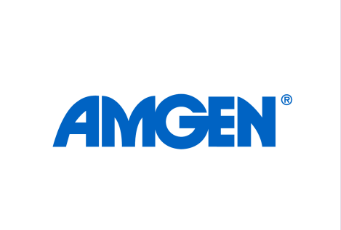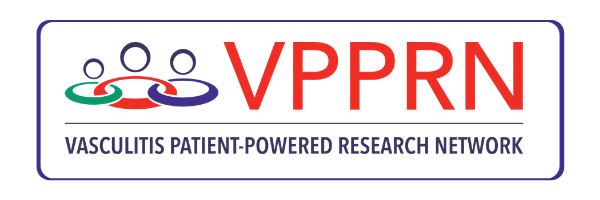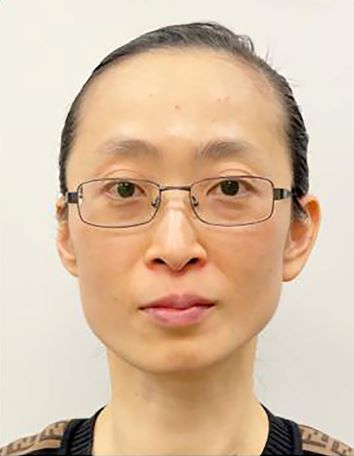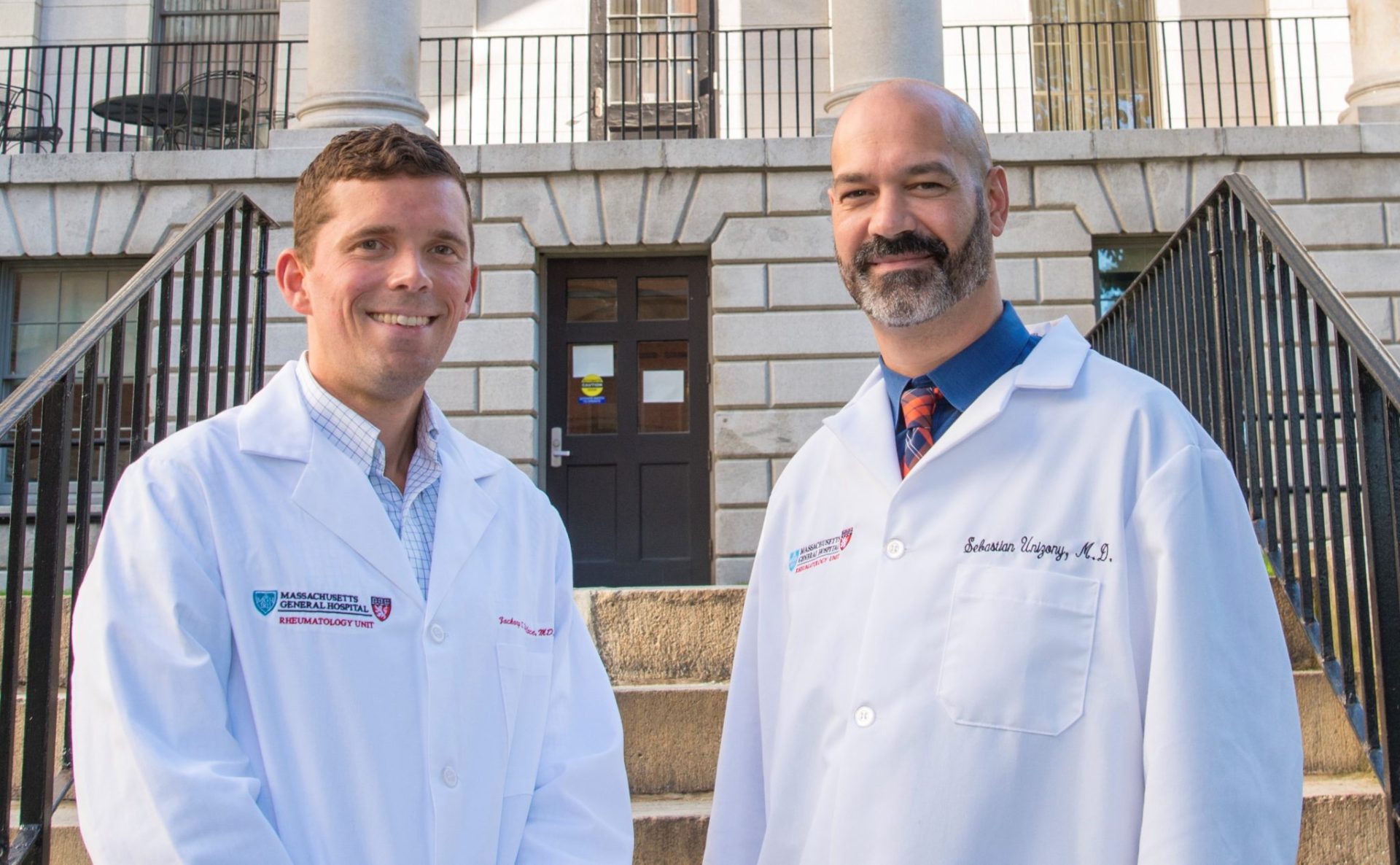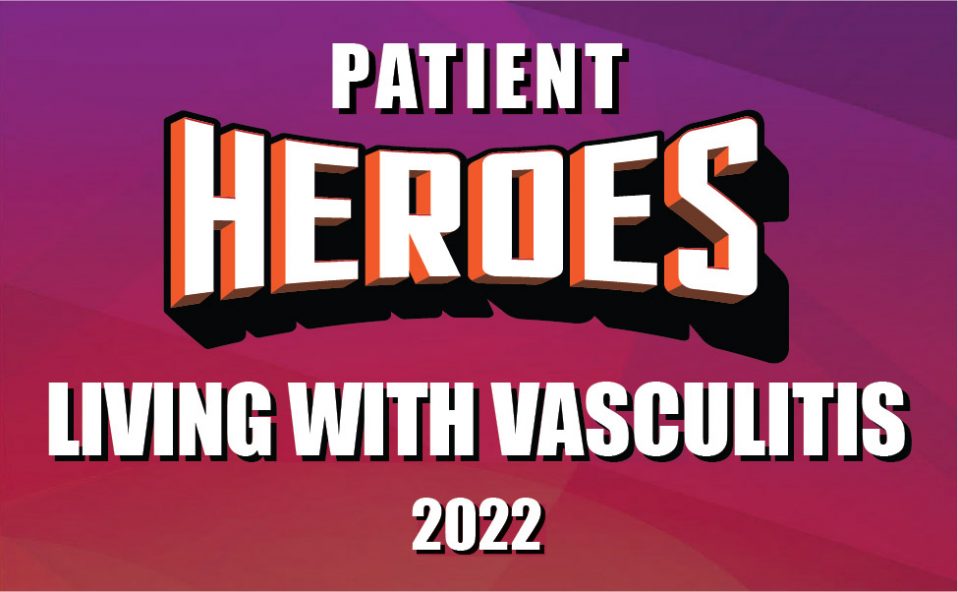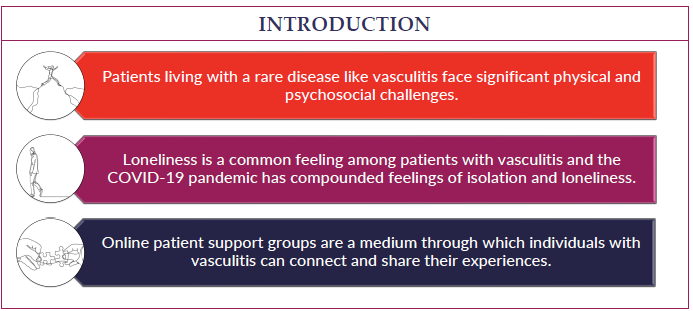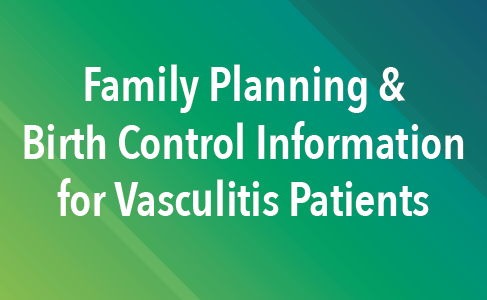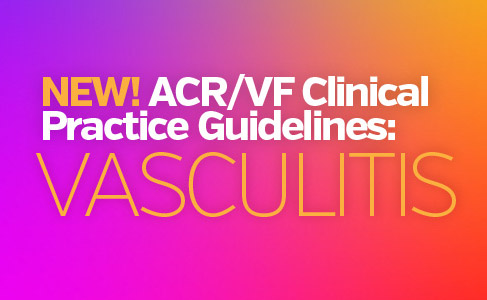

Chapel Hill, NC
Cleveland, OH
Austin, TX
Washington D.C. area
Scottsdale, AZ
Seattle, WA
We are you. We are patients with vasculitis, care partners, friends, family, physicians, and researchers advocating for early diagnosis, better treatments, and improving quality of life for people with vasculitis.
Explore. Learn. Download Resources. Join a Support Group.
Vasculitis Types
About Giant Cell Arteritis
Last Updated on February 5, 2024
Giant cell arteritis (GCA) is a form of vasculitis—a family of rare disorders characterized by inflammation of the blood vessels, which can restrict blood flow and damage vital organs and tissues. Also called temporal arteritis, GCA typically affects the arteries in the neck and scalp, especially the temples. It frequently affects the aorta and its large branches to the head, arms, and legs. GCA is the most common form of vasculitis in adults over the age of 50.

Quick Facts

100 cases per million worldwide

20 per 100,000 US cases

Onset typically over age 50 Most common in ages 70-79

Rare in children

2 times more likely in females than males
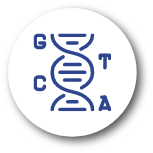
More common in people of northern European ancestry
Giant cell arteritis (GCA) is a form of vasculitis—a family of rare disorders characterized by inflammation of the blood vessels, which can restrict blood flow and damage vital organs and tissues. Also called temporal arteritis, GCA typically affects the arteries in the neck and scalp, especially the temples. It frequently affects the aorta and its large branches to the head, arms, and legs. GCA is the most common form of vasculitis in adults over the age of 50.
The most common symptoms of GCA include persistent, throbbing headaches, tenderness of the temples and scalp, jaw pain, fever, joint and/or muscle pain, and vision problems. Early treatment is vital to prevent serious complications such as blindness or stroke.
GCA is typically treated with high doses of glucocorticoids such as prednisone, and sometimes with other medications that also suppress the immune system, to control inflammation. Prompt treatment usually relieves symptoms, however GCA is a chronic condition with periods of relapse and remission, so ongoing medical care is usually necessary. Patients with GCA may also present with symptoms of polymyalgia rheumatica (PMR), a closely related inflammatory disorder.
The cause of GCA is not yet fully understood. Vasculitis is classified as an autoimmune disorder—a disease that occurs when the body’s natural defense system mistakenly attacks healthy tissue. Researchers believe a combination of factors may trigger the inflammatory process. Studies have linked genetic factors, infectious agents, and the environment to the development of GCA.
GCA is the most common form of vasculitis in older adults, affecting people over 50 years of age, with a higher incidence at ages 70 to 79. Women are more than twice as likely to get GCA than men. The condition is mostly seen in people of Northern European ancestry and is rare in other ethnic groups such as Asians and African Americans. GCA prevalence is estimated at 200 per 100,000 people in the United States over the age of 50.
Having PMR can put you at risk of getting GCA. Although estimates vary, approximately 15 percent of people with PMR develop GCA, and PMR symptoms occur in about 50 percent of patients with GCA.
GCA and PMR are considered linked inflammatory conditions that affect different parts of the body. Patients with either disease should be checked for symptoms of the other. PMR is the most common form of new-onset inflammatory disorders, causing muscle and joint pain in elderly people and is characterized by severe pain and stiffness in the neck, shoulders and hips, which worsen in the morning.
The most common symptoms of GCA are new, persistent headaches and tenderness of the temples due to inflammation of the temporal arteries on either side of the head. Severe throbbing pain is often accompanied by tenderness and swelling of the temporal artery and tenderness of the scalp.
Other common symptoms include:
- Flu-like symptoms at onset including fatigue, fever, and loss of appetite
- Jaw pain when chewing
- Sudden vision loss in one or both eyes
- Visual blurriness in one or both eyes
- Double vision
- Arm pain, numbness, or weakness
- Leg pain, numbness, or weakness
- Aching and stiffness of shoulder and/or hip joints (worse in the morning)
- Dizziness
- Weight loss
Left untreated, GCA can result in serious complications including blindness, stroke, or aortic aneurysm—an abnormal bulge in the wall of the aorta, which carries blood from the heart to the rest of the body. A burst aneurysm can be life-threatening.
Because this form of vasculitis can lead to vision loss early on, it is essential that patients with suspected disease be evaluated promptly. Your doctor will consider several factors including symptoms, a detailed medical history, physical exam findings, and results of blood tests and imaging studies. A biopsy of the arteries in one or both temples is usually obtained to confirm the diagnosis. If GCA is suspected, your doctor may begin glucocorticoid treatment even before the diagnosis is confirmed, to prevent complications such as vision loss.
- Physical exam: Your doctor will check for tenderness, swelling, nodularity or decreased pulse in the temporal arteries on either side of the head, as well as tenderness in the temples or scalp. Also, decreased pulses in the arms or legs, or discrepancy in blood pressure between any of the four extremities could suggest GCA.
- Blood tests: The two main tests for GCA include the erythrocyte sedimentation rate (ESR), commonly called the “sed rate,” and the C-reactive protein test (CRP), both of which can detect inflammation. However, these tests are not conclusive on their own.
- Imaging studies: For detailed images of the blood vessels, your doctor may order a magnetic resonance angiogram (MRA), a computed tomography angiogram (CTA), an ultrasound or a positron emission tomography scan (PET scan). An ultrasound of the temporal arteries may sometimes show vessel abnormalities that are suggestive of GCA.
- Biopsy: The gold standard test to confirm the diagnosis of GCA is a biopsy of the temporal artery. A segment of the artery is surgically removed and then examined under a microscope. In most cases of GCA, there will be evidence of inflammation that includes abnormally large cells—called giant cells—which give the disease its name. However, in some individuals the biopsy may be negative or normal, even though the disease is present.
Until 2017, treatment of GCA was mostly limited to high-dose glucocorticoids such as prednisone, which can bring dramatic relief of headache and other GCA symptoms. However, long-term use of glucocorticoids can cause serious side effects, with most people remaining on a lower dose up to two years or more.
In 2017, the Food and Drug Administration (FDA) approved the use of the biologic drug tocilizumab to treat adults with GCA, signaling the first drug approved to treat this disease in more than 50 years. Biologic medications are complex proteins derived from living organisms. Biologics target certain parts of the immune system to control inflammation. Tocilizumab targets a pro-inflammatory protein, interleukin 6 (IL-6), which is known to be involved in GCA.
In clinical studies, tocilizumab—used in combination with tapering doses of glucocorticoids—helped patients achieve sustained disease remission while significantly reducing their exposure to steroids.Occasionally, other medications are used to treat GCA. Methotrexate, a drug commonly used to treat rheumatoid arthritis, is sometimes used to help reduce relapses (flares) in GCA.
In 2021 the American College of Rheumatology (ACR) published guidelines for the management of certain vasculitides, that were also endorsed by the Vasculitis Foundation (VF). Clinical practice guidelines are developed to reduce inappropriate care, minimize geographic variations in practice patterns, and enable effective use of health care resources. Guidelines and recommendations developed and/or endorsed by the ACR are intended to provide guidance for particular patterns of practice and not to dictate the care of a particular patient. The application of these guidelines should be made by the physician in light of each patient’s individual circumstances. Guidelines and recommendations are subject to periodic revision as warranted by the evolution of medical knowledge, technology, and practice.
The medications used to treat GCA have potentially serious side effects such as lowering your body’s ability to fight infection, and potential bone loss (osteoporosis), among others. Therefore, it’s important to see your doctor for regular checkups. Medications may be prescribed to offset side effects. Infection prevention is also important. Talk to your doctor about getting vaccines (e.g., flu shot, pneumonia and/or shingles vaccination), which can reduce your risk of infection.
Even with effective treatment, relapse of GCA is common. Causes of relapse are not fully understood, although infections can be a trigger. If your initial symptoms return or you develop new ones, report them to your doctor as soon as possible. Regular doctor visits and ongoing monitoring of laboratory and imaging tests are important in detecting relapses early.
Effective treatment of GCA may require the coordinated efforts and ongoing care of a team of medical providers and specialists. In addition to a primary care provider, GCA patients may need to see the following specialists:
- Rheumatologist (joints, muscles, and immune system)
- Neurologist (brain and nervous system)
- Ophthalmologist (eyes) or others as needed
The best way to manage your disease is to actively partner with your health care providers. Get to know the members of your health care team. It may be helpful to keep a health care journal to track medications, symptoms, test results and notes from doctor appointments in one place. To get the most out of your doctor visits, make a list of questions beforehand and bring along a supportive friend or family member to provide a second set of ears and take notes.
Remember, it’s up to you to be your own advocate. If you have concerns about your treatment plan, speak up. Your doctor may be able to adjust your dosage or offer different treatment options. It is always your right to seek a second opinion.
Living with GCA can be challenging at times. Fatigue, pain, emotional stress, and medication side effects can take a toll on your sense of well-being, affecting relationships, work, and other aspects of your daily life. Sharing your experience with family and friends, connecting with others through a support group, or talking with a mental health professional can help.
There is no cure at this time for GCA, but with early treatment and careful monitoring, most patients with GCA have a good prognosis.
Symptoms generally improve within days of starting treatment, and with proper medical care the disease can run its course in one to two years. Left untreated, however, GCA can lead to serious complications including blindness, stroke, and aneurysms. Newer medications such as the biologic drug, tocilizumab, offer hope for treating this disease with less exposure to corticosteroids.
Giant Cell Arteritis Videos
Giant Cell Arteritis: Current treatments and future directions.
ACRVF Guidelines Conf GCA Breakout
Research Insights: Investigating the causes of GCA and PMR
Research Insights: Improving Imaging in the Diagnosis and Treatment of GCA and PMR
Research Insights: Improving the Diagnosis of GCA using Biomarkers
Nuevas terapias en GCA y Takayasu Arteritis







